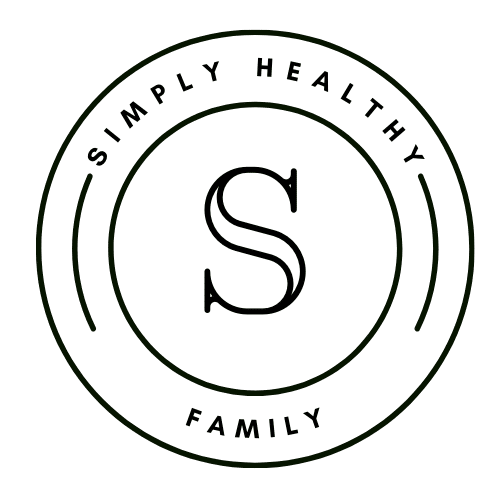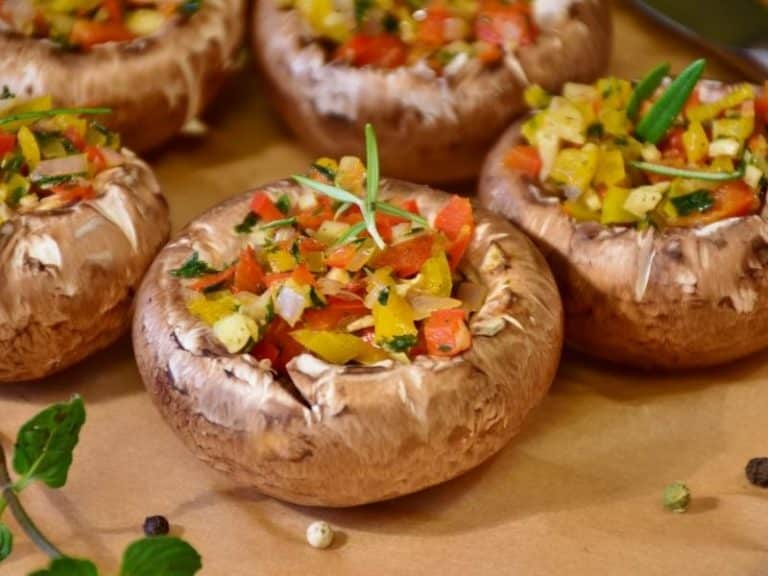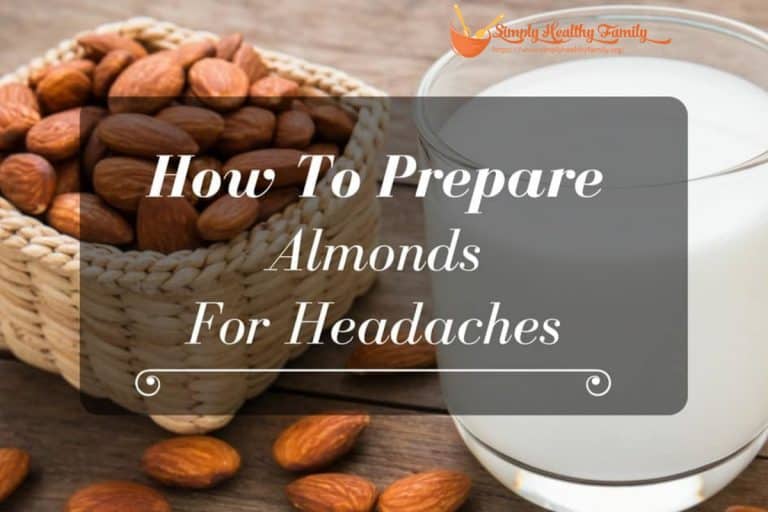How to Know If Garlic Has Gone Bad? 3 Easy Ways to Tell
How would you know if garlic has gone bad? I have been asked this question numerous times in the past. Garlic is one of the most commonly seasoning used around the world so it’s not really a surprise that a lot of cooks and homemakers are worried about their garlic going rancid.
Three easy ways to know if garlic gone bad
Garlic may have a long shelf life but it can go bad. Here are some of the ways to tell that the garlic you have at home has become rotten:
1. Look for visual signs

Perhaps the best way to tell if garlic is bad is to check for any discoloration. If there are brown spots, then the garlic is likely to be spoiled. The same goes if there are yellow spots.
Remember that the natural color of garlic is white so any discoloration is a very good indicator that the vegetable has gone bad.
You can even peel off the garlic clove to check if it is still safe to use. Fresh garlic is shiny and slightly moist when you peel it off.
If the skin is dry looking and has bruises, then I would suggest that you throw it away.
2. Look for green roots

Another way to determine if garlic has gone rancid is to check if there are green roots coming out of the middle part of the cloves. These are new sprouts that can cause the garlic to leave a milder flavor. But you can still get rid of those roots by cutting them.
3. Smell it

We all know that garlic doesn’t have the most alluring smell. But rotten garlic has an even more pungent than usual. Thus, it may be time to throw it away.
There are people who suggest tasting a garlic to check if it has gone bad. They say that a garlic that tastes bad has gone rotten.
While they argue that this won’t cause sickness, I wouldn’t recommend that you do it. Simply follow the three tips above and you should be able to distinguish rotten garlic.
Storage Life of Garlic

You’ll always need garlic, from making meatloaf to substituting it for ranch style beans. As such, storing garlic is very important.
As long as garlic is stored properly, it would take several weeks and even months for it to become bad. Fresh whole garlic that is stored in the counter at room temperature can last for 3 to 6 months. Fresh garlic cloves, meanwhile, can last 1-2 months.
Room temperature is about 65 degrees Fahrenheit or 18 degrees Celsius. I suggest you keep the garlic in a cool, dry place. The storage area should also not be directly illuminated by sunlight.
I usually store garlic in the pantry. You can also store it in a mesh bag or a wire mesh basket. Both are open containers which can enable the garlic to get plenty of air circulation.
But how about storing garlic in the fridge, you may wonder.
I don’t put it in the fridge because it has a tendency to sprout quickly. Storing garlic in the fridge can also cut down its storage life to around 1 to 2 weeks.
But when you have chopped the garlic cloves, that’s the time that you put it into the fridge. This way you can ensure that the chopped garlic can have a longer shelf life.
How about freezing the garlic? It’s not a good idea at all as this can affect the flavor and texture of the vegetable allium.
I would also discourage you from storing garlic in closed containers as doing so can cause moisture and mold buildup.
Storing garlic during the winter

Storing garlic during the winter months can be quite a challenge. Garlic needs to be stored in a place where there’s moderate humidity. However, there are several ways you can extend the shelf life of garlic during the cold months.
One is by making your own dehydrated garlic. Simply slice peeled garlic and put them in a warm oven with its door slightly open. The temperature of the oven should be around 115 degrees.
Bake the thin garlic slices. Once the slices are crisp, put them in an airtight container. These dried garlic slices should be safe for use after many months, as along as you keep the container tightly sealed.
Or you can chop the cloves and mix them with olive oil. It’s something my mom would always do back in the day.
You can also try this trick– put the garlic in a cupboard, then cover it with a flower pot upside down. This way, the garlic is placed in a small humidor.
Conclusion

Like most fruits and vegetables, garlic will eventually go bad. It is thus important for any homemaker to know whether garlic has gone rancid or not.
Now that you know the three ways to determine if a garlic has gone bad, why don’t you share this article on your social media accounts? You’ll be doing your friends a favor.






